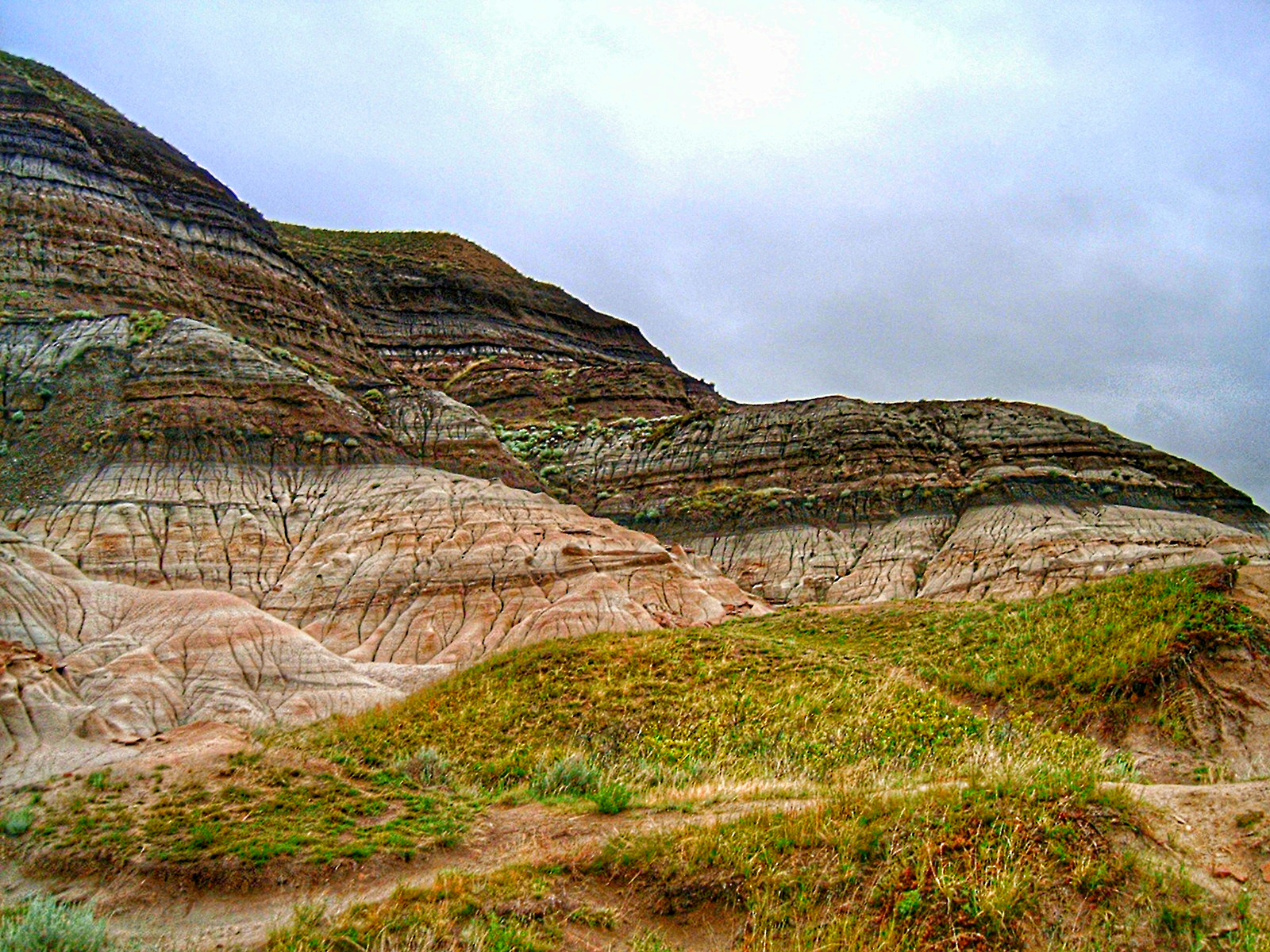The world narrowly avoided destruction yet again last week.
Asteroid 2005 YU55 sped past the earth at nearly 50,000 km/h coming so close that it was within the orbit of the Moon. Although this wasn’t the biggest of objects flying through space it was big enough. Astronomers estimate it was about 400m wide, roughly spherical and something that size hitting the Earth would have caused devastation. I’m no expert but a little maths suggests that it might easily have a mass of many millions of tonnes and people have estimated that impact may have exceeded the effect of any atomic bomb ever constructed.
You might think that given that 70% of the Earth’s surface is covered in water it probably would have landed there and just made a bit of a splash but that might have actually been as bad or worse than hitting land. The tsunami that followed would have been devastating.
However this was never going to happen anyway. NASA and other agencies had been tracking it for long enough to know that it would sail right passed the Earth and would hardly been noticed. If the boffins at the various space agencies hadn’t spotted it we never would have known it was there.
Of course that didn’t stop the usual suspects claiming that this was the end of the world, many of them probably the same people who predicted the end of the world on October 21st. A variety of conspiracy theorists with too much time on their hands also started spreading rumours that there was a government cover-up of the impending doom. They’ve all been proved wrong by events as well as the science.
However we have to face the fact that sooner or later an asteroid like this IS going to hit us. It’s certainly happened before. Although it’s widely thought that an asteroid impact 65 million years ago killed off the dinosaurs there’s no conclusive proof that this was the case, it’s just one of various theories. However it’s a persuasive one. Such an impact would certainly have had a devastating effect on the planet, throwing up a global dust cloud that would have prevented sunlight getting through to the plants that feed the entire food chain. Geologists have found a layer in sedimentary rock all over the world that they call the K-T boundary. This layer contains massive amounts of iridium, and element found often in asteroids. Below the K-T boundary fossils of dinosaurs are found, above the layer they’re mostly absent which suggests whatever caused the increase in iridium in the atmosphere might be connected with dinosaur extinction. Another theory observes that iridium can also be found in the Earth’s core and a massive upsurge in volcanic activity might have been the cause. At the very least the impact of that and other asteroids certainly had a dramatic effect on the Earth and it’s not something anyone wants to happen again. But it will.
Incidentally, our recent fly-by visitor, Asteroid 2005 YU55, probably wasn’t actually big enough to cause an extinction event. We’d need to have a cosmic punch-up with something a lot bigger for that to happen.
The good news is that scientists at NASA reckon they’ve now detected almost all of the asteroids that pose a threat to the Earth and there is no evidence that any of them are coming close enough for us to worry. However, they’ve adopted the “hope for the best, plan for the worst” approach. A variety of techniques have been discussed for nudging any potentially threatening asteroid off course so that it gives the Earth a miss. They’ve considered atomic weapons, ion beams and even just throwing large rocks at it. Anything just to give it enough of a nudge to bypass us.
While the threat is real and the possible effect is devastating, the chance of it actually happening in our lifetime, or that of anyone we can imagine, is so vanishingly small that it’s not worth losing any sleep. Better still to spent our time and resources fighting the things that DO threaten us, like global warming, population growth or our species’ innate ability to kill itself with the slightest provocation. Those are things worth worrying about and worth paying scientists to find solutions for.
Sources
Start with a BBC story on the asteroid passing by. Also the Washington Post covered it here.
As always with astronomical news stories you should always consult Phil Plait, the Bad Astronomer. His comments on Asteroid 2005 YU55 are here. He also has a good animation from NASA JPL that shows the passage of the asteroid.
For some of the doom and conspiracy lunacy surrounding the asteroid see here and here.
The Washington Post discusses the efforts to detect all potentially risky asteroids here. For ideas on how to deflect asteroids heading our way the Wikipedia page summarises them well.
Wikipedia also has pages on asteroid impact events and the K-T boundary including some fantastic pictures of the boundary itself.


No comments:
Post a Comment